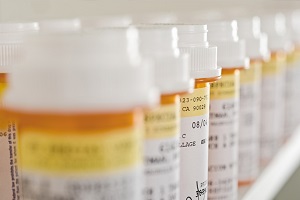Association between oral antibiotics and increased risk of kidney stones found greatest among children
Click Here to Manage Email Alerts
Oral antibiotics were linked with increased odds of developing kidney stones, with investigators finding the greatest risk among children.

The study, which appears in the Journal of the American Society of Nephrology and was led by Gregory E. Tasian, MD, MSCE, revealed the prevalence of kidney stones has increased 70% during the last 30 years, with the most disproportionate increase experienced by children, adolescents and young women.
“These findings demonstrate that exposure to certain antibiotics is a novel risk factor for kidney stones and that the risk may be greatest when exposure to these antibiotics occurs at younger ages,” Tasian, a pediatric urologist at Children’s Hospital of Philadelphia (CHOP), said in a press release. “Consequently, these results suggest that the risk of nephrolithiasis may be decreased by reducing inappropriate antibiotic exposure and choosing alternative antibiotics, particularly for those patients who are at increased risk of stone formation.”
Researchers conducted a population-based, nested case-control study to determine the association between 12 classes of oral antibiotics and kidney stones using electronic health data from 641 general practices in the United Kingdom. Data were for more than 13 million children and adults from 1994 to 2015. The team analyzed prior antibiotic exposure for 25,981 patients with kidney stones which was compared to nearly 260,000 control subjects.

The study team found five classes of oral antibiotics were associated with a diagnosis of kidney stone disease. The five classes were oral sulfas, cephalosporins, fluoroquinolones, nitrofurantoin and broad-spectrum penicillins. After adjustments for age, sex, race, UTI, other medications and other medical conditions, investigators found patients who received sulfa drugs were more than twice as likely as those not exposed to antibiotics to have kidney stones; for broad-spectrum penicillins, the increased risk was 27% greater.
“The reasons for the increase are unknown, but our findings suggest that oral antibiotics play a role, especially given that children are prescribed antibiotics at higher rates than adults,” study co-author Michelle Denburg, MD, MSCE, a pediatric nephrologist at CHOP, said in the release.
References:
Disclosures: The authors report no relevant financial disclosures.
